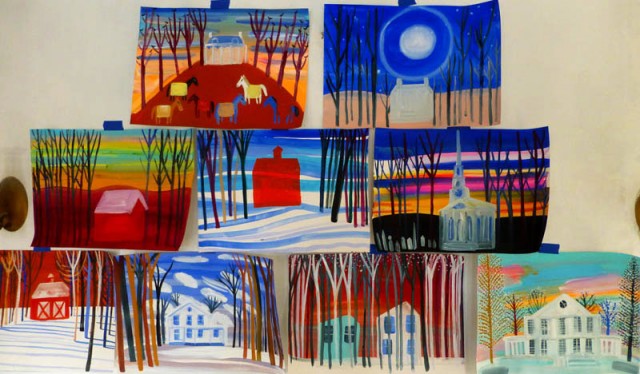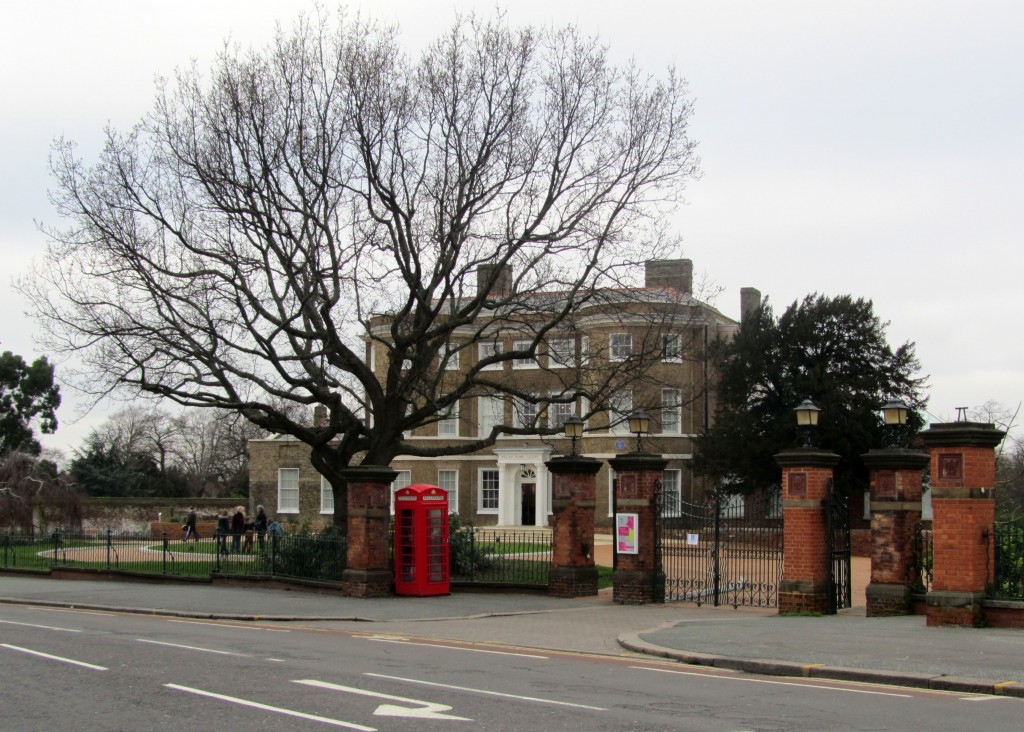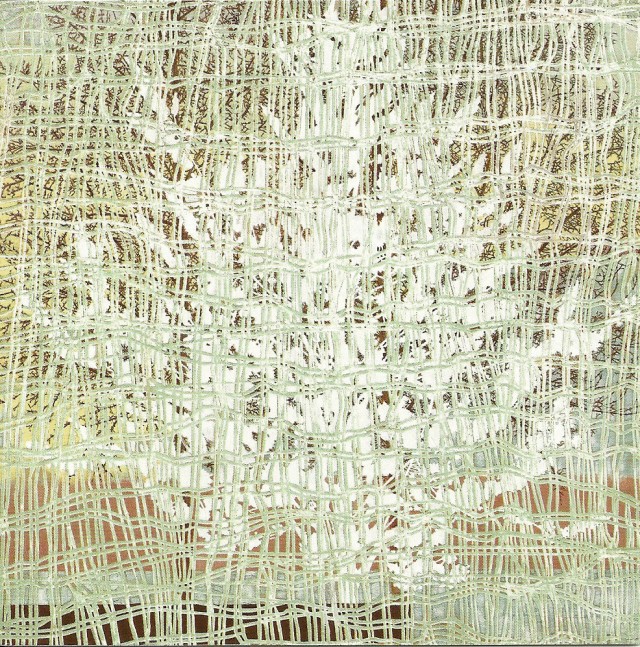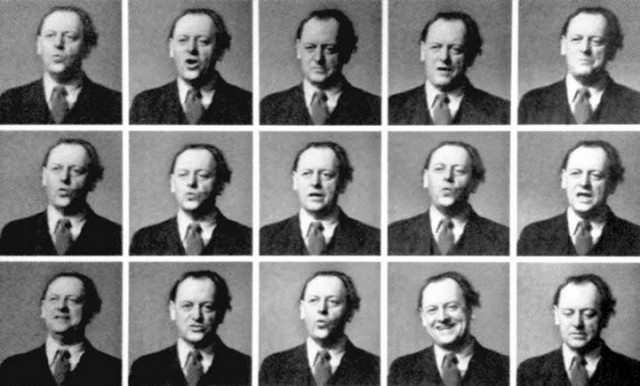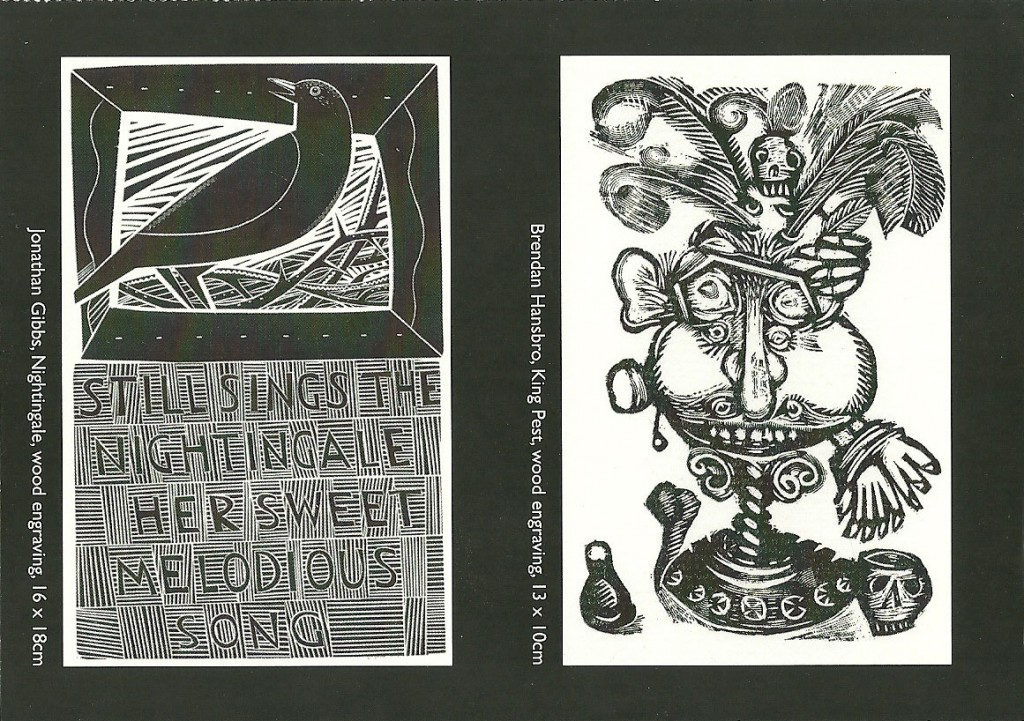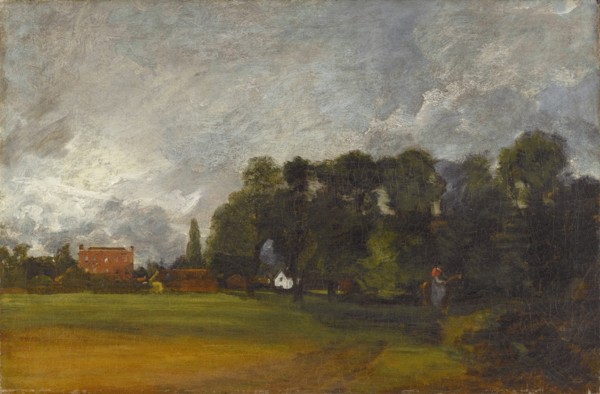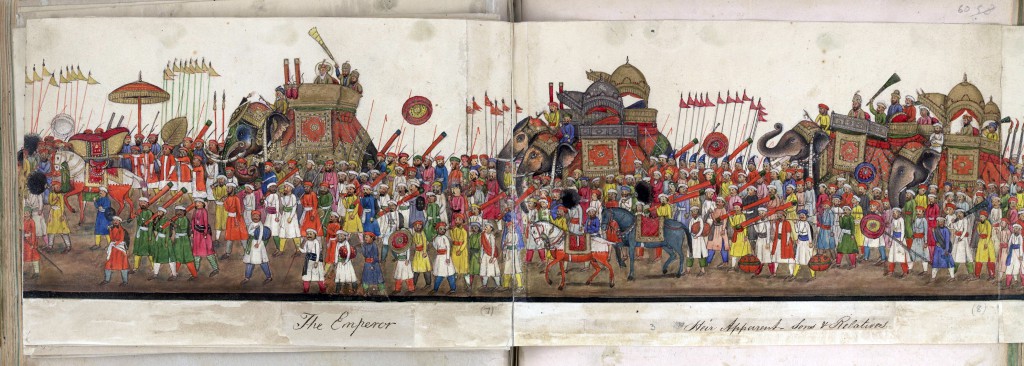Some welcome winter colour from Christopher Corr in New York State where there’s both snow and sunshine. I’m guessing the Hudson Valley and Catskill Mountains. It’s minus 14 but crucially the sun is shining. It makes all the difference. Chris says he’s enjoying the sunrises and the sunsets. So are we.


